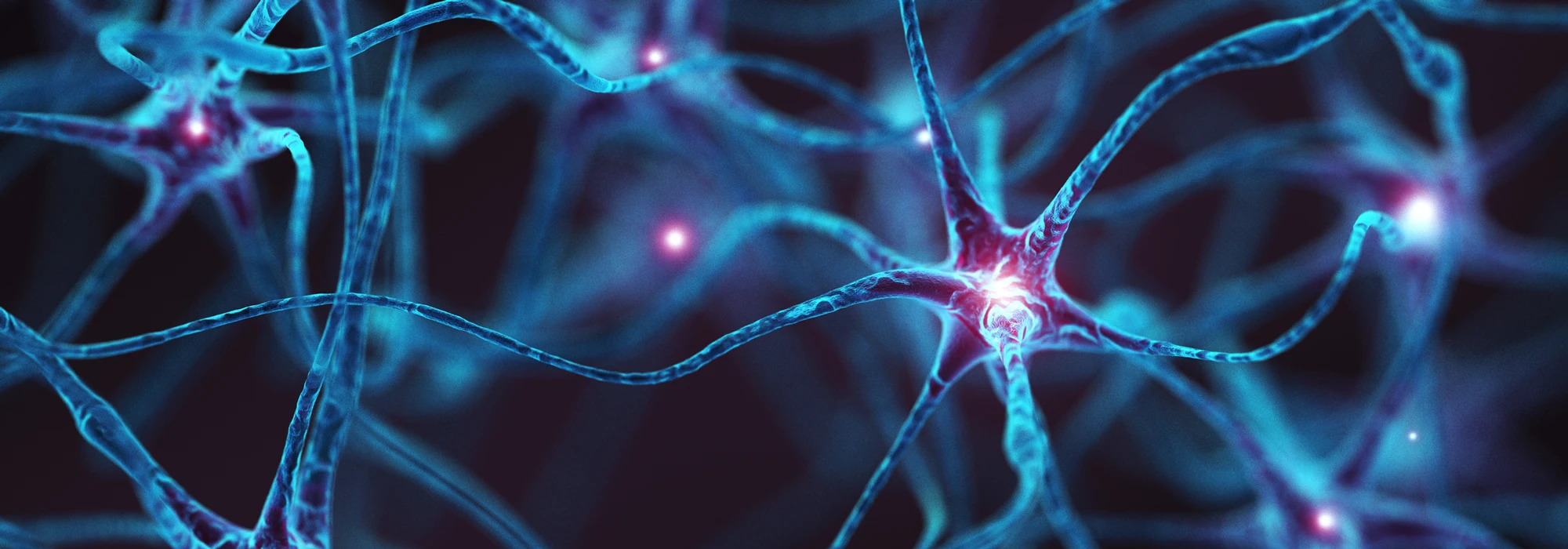The nervous system is an intricate web of cells and signals that allows our bodies to function seamlessly. At the heart of this system are two important types of neurons: efferent and afferent. In this blog post, we’ll explore the fundamental differences between these neurons and their role in the nervous system. Whether you’re a high school student or simply curious about how our bodies work, let’s dive into the world of efferent and afferent neurons.
Definition of Efferent and Afferent Neurons
To understand the differences between efferent and afferent neurons, we must first define each term. Efferent neurons, also known as motor neurons, transmit signals away from the central nervous system to muscles and glands. On the other hand, afferent neurons, or sensory neurons, transmit signals towards the central nervous system, relaying sensory information from the body’s periphery.
Differences in Function
The key distinction between efferent and afferent neurons lies in their functions. Efferent neurons carry signals from the brain and spinal cord to muscles and glands, enabling voluntary and involuntary movements. For example, when you decide to reach for a glass of water, efferent neurons deliver the signals that instruct your arm muscles to move.
In contrast, afferent neurons play a crucial role in providing sensory information to the central nervous system. They transmit signals from the body’s sensory receptors, such as touch, temperature, and pain, back to the brain and spinal cord. This sensory information allows us to perceive the world around us and respond accordingly.
Role in the Nervous System
Efferent and afferent neurons work hand in hand to facilitate communication within the nervous system. Efferent neurons carry signals that control muscle contractions and regulate glandular secretions. They are responsible for our ability to move, speak, and produce hormones.
Meanwhile, afferent neurons send sensory information to the central nervous system, allowing us to perceive our environment. They play a crucial role in how we experience sensations like touch, taste, smell, sight, and sound.
Examples in Real-Life Scenarios
To better understand the roles of efferent and afferent neurons, let’s explore some real-life scenarios. Imagine touching a hot surface. Afferent neurons quickly transmit signals of pain and heat from your hand to your brain, alerting you to remove your hand to avoid injury. In response, efferent neurons then send signals from the brain to the muscles, causing your hand to retract.
Another example is when you enjoy a delicious meal. As you eat, afferent neurons transmit signals of taste and texture to your brain, allowing you to savor and appreciate the flavors. Efferent neurons subsequently send signals to the muscles involved in swallowing, ensuring the food is safely delivered to your stomach.
Conclusion
Efferent and afferent neurons are essential components of the nervous system. While efferent neurons transmit signals away from the central nervous system to muscles and glands, afferent neurons carry signals towards the central nervous system, providing sensory information. Understanding the differences between these neurons is crucial to grasp the complexity of our nervous system and appreciate how it enables our bodies to function.
Next time you move, sense, or react to the world around you, take a moment to appreciate the remarkable interplay between efferent and afferent neurons. They form the backbone of our ability to perceive, interact, and navigate the world.




